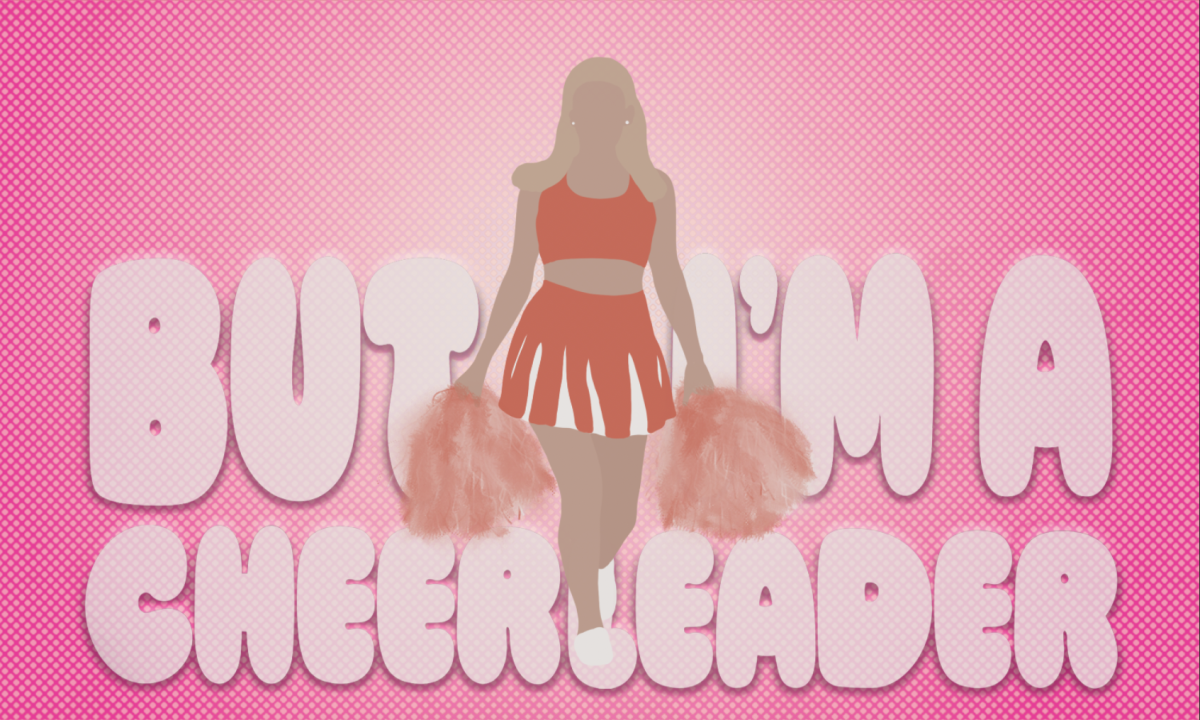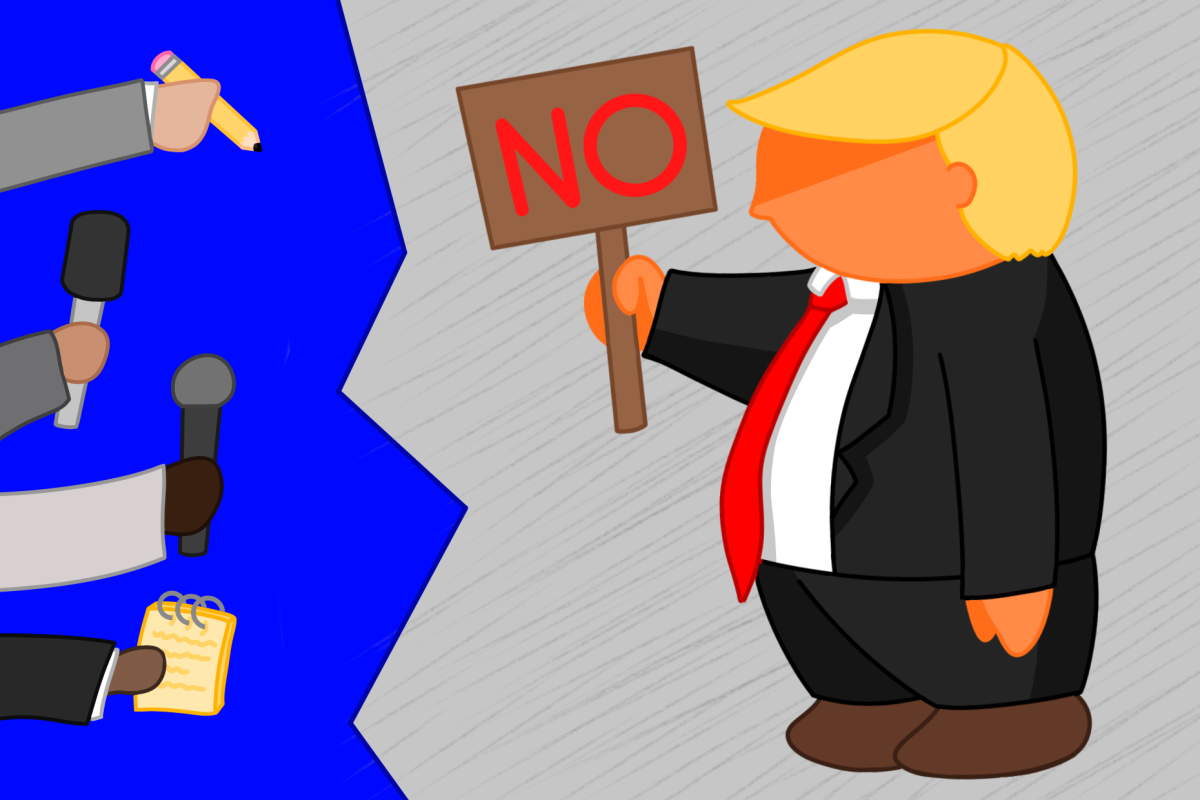How often does someone cry out, “I’m a homosexual! I’m a homosexual! I’m a homosexual!” in all seriousness and still get a happy ending on a Hollywood big screen?
Before the New Queer Cinema Movement jump-started in 1992, the answer to that question was, “not often.” Straying from traditional gender and sexuality norms was not something that was profitable or popular within mainstream culture until more recent decades. Due to censorship policies, positive queer representation was strictly banned from early television. When characters were homosexual or simply dressed in drag on television, they would ultimately meet a gruesome death or transform into a perverted antagonizer by the end. Even today, queer people fight to see themselves on the big screen naturally and consistently.
There’s been a shift in the ways young people get exposure to representation for their varying and intersectional identities. The New Queer Cinema Movement paved the way for a string of indie films that depicted gay relationships and “gayness” as elements of the stories’ characters, but not as the focus of the plot. Yet other artists preferred to shock and amaze their audiences, especially for the sake of social commentary.
In 2000, a lesbian film artist named Jamie Babbit made her directorial debut with a colorful queer comedy called, “But I’m a Cheerleader!” In the film, perky high school cheerleader Megan is sent to a straight conversion camp after her friends and family suspect she is a lesbian. At her first meeting with other gay campers, Megan cries out three times, “I’m a homosexual!” at the realization that she loves being a cheerleader for the proximity it gives her to other girls, not because she loves to cheer. What makes “But I’m A Cheerleader!” so iconic is its over-the-top parody and queer representation through its colorful aesthetic and dialogue.
At the time of its initial release, the public received the aggressively and unapologetically queer film with sparse praise. Director Jamie Babbit, along with her girlfriend and producer at the time, aimed to give their audience for “But I’m A Cheerleader!” queer representation while making fun of stereotypes projected onto queer people. Their theatrical and outlandish method calls on the forces of a queer-associated aesthetic known as “camp.” Though there is much controversy over what makes a representation camp, most agree that it starts with upending the element of seriousness. To participate in camp, one must shock and inspire simultaneously. This comes through in the film’s dialogue and color setting choices, as well as from the acting.
In True Directions, the straight conversion camp depicted in the film, a majority of the décor found in the mise en scéne looks spray painted and completely fake. All of the girls’ clothing and rooms are pink, while the boys’ clothing and accessories are blue. Above all, the campers are taught to repeat the phrase, “If you ignore the gay, it will go away.” These campy, creative choices were made by Babbit to emphasize the absurdity of squashing personal choices of gender and sexual expression– an experience so many LGBTQ+ community members know well. In the end, no one can hide their true nature forever, and the “gayness” of the campers comes through to create a parodic representation of queer stereotypes.
An article published by Variety Magazine near the initial release of “But I’m A Cheerleader!” played right into Babbit’s vision of the outrage that poking fun at queer stereotypes would garner from the masses. The article criticized how the boys attending the conversion camp were “whining sissies”, which made the gay characters all seem obnoxious in a scene where RuPaul himself teaches the boys how to chop firewood like a straight person. What the article didn’t capture was how intentional this scene was– to have an openly gay drag performer teach gay boys how to do ANYTHING like a straight person is absurd– the whole point Babbit was trying to make.
In a 2020 interview with Variety magazine, Babbit also revealed that many of the executives at Warner Bros. Studios were gay, which contradicted the small amount of gay representation being let through in the media at the time. She hoped Warner Bros. would tolerate gay content during the film’s production, but that was not the case. Instead, representatives worried about being outed and cracked down on the censorship, giving the movie an NC-17 rating, the highest rating in the Motion Picture Association. During productions, she was able to cut a deal for an R rating — if she deleted all insinuations of a woman going down on another woman. Babbit pointed out how sexist this was, since there was never any mention of the men going down on other men in the film.
Fast forward twenty years, Lionsgate Films released “But I’m A Cheerleader!” with a director’s cut for its 20 year anniversary, and critics took a second glance at the great strides the film made in queer media. “But I’m A Cheerleader!” has slowly become an iconic staple for the queer community due to its campy and light-hearted representation, which was intended to highlight how impossible it is to hide or suppress one’s gay identity.
Celebrities have also come out to share how the discovery of “But I’m A Cheerleader!” in their youth gave them their own sexual awakening. One such celebrity spoke with a writer for the queer online publication, Them, about his history with the film. Elliot Page, who publicly came out as a transgender man just a few years ago, recalled finding the movie at age fifteen and said it changed his life.
Movies like “The Birdcage,” “Fire Island,” “Fair Haven” and “To Wong Foo, Thanks for Everything! Julie Newmar ” are important because they depict positive queer narratives. In the same vein as “But I’m A Cheerleader!,” these films depict LGBTQ+ members living happily with fulfilling relationships that don’t stereotypically end in tragedy.
It is important to see good representation, especially since homosexuality has been long villainized by popular media and bigoted audiences. While queer identity is slowly being de-tabooed, attacks on the community are still happening as the ongoing fight for gender-affirming care and transgender rights sweeps the nation.
Though anti- LGBTQ+ sentiments are ever-present, so is the normalization of queer media. Younger generations are growing up in more queer-friendly and informed environments. Now, they can enjoy movies like “Love, Simon” (2018) where the characters experience a happier ending and find spaces where they can be celebrated for their queer identity.
Elevating good queer media allows members of the community to find connection and relatability in the media they consume and also allows people outside the community to see queer people taking up space and living everyday lives. This is what the New Queer Cinema Movement wanted — a world where gay characters could live happily ever after, just like straight ones.
Though Babbit’s vision could not be entirely accepted at its time of release, “But I’m A Cheerleader!” has become one of many films to positively impact the queer community and empower its younger generation to live more authentically and unapologetically.
































